 The occasion of Katrina’s one year anniversary has naturally precipitated a lot of documentary activity, from Spike Lee’s HBO special “When the Levees Broke,” to architectural photographer Robert Polidori’s show at The Met, which I went to see recently (as well as Ecotopia at the International Center for Photography, which I’ll get to in a minute). As I stood there gazing at the large format photographs taken on four separate trips to New Orleans over the past year, it occurred to me how wide the gap has become between the time-space it takes to document and transmit these disasters all over the world (and even turn them into works of art), and the reality of actually recovering from these disasters. The former happens instantaneously, and the latter seems to take ever longer as the disaster recedes in the distance. There’s something a little disorienting about gazing at these tragically beautiful photos as if the event were something that happened long ago (a Times review of the show refers to New Orleans as “the modern Pompeii”). I understand the need to document and exhibit, but it seems to have the perverse effect of absolving us from having to face, in real time, the human suffering that is ongoing.
The occasion of Katrina’s one year anniversary has naturally precipitated a lot of documentary activity, from Spike Lee’s HBO special “When the Levees Broke,” to architectural photographer Robert Polidori’s show at The Met, which I went to see recently (as well as Ecotopia at the International Center for Photography, which I’ll get to in a minute). As I stood there gazing at the large format photographs taken on four separate trips to New Orleans over the past year, it occurred to me how wide the gap has become between the time-space it takes to document and transmit these disasters all over the world (and even turn them into works of art), and the reality of actually recovering from these disasters. The former happens instantaneously, and the latter seems to take ever longer as the disaster recedes in the distance. There’s something a little disorienting about gazing at these tragically beautiful photos as if the event were something that happened long ago (a Times review of the show refers to New Orleans as “the modern Pompeii”). I understand the need to document and exhibit, but it seems to have the perverse effect of absolving us from having to face, in real time, the human suffering that is ongoing.
Oddly enough, the show at ICP, Ecotopia, did not have the effect of removing one from disaster, but transporting the observer closer to it. Perhaps that is because New Orleans hits so close to home, or perhaps because Polidori’s photos are almost like still lifes without a human or animal in site, while most of the  images in Ecotopia include something that at least has the potential for movement. Even Mitch Epstein’s photo of the aftermath of Katrina in Biloxi shows the Gulf alive and well in the background. Many of the other images, from the tragic to the whimsical, succeed because there is humanity. Patrick Brown’s slideshow documents the poaching and trafficking of endangered species throughout Asia
images in Ecotopia include something that at least has the potential for movement. Even Mitch Epstein’s photo of the aftermath of Katrina in Biloxi shows the Gulf alive and well in the background. Many of the other images, from the tragic to the whimsical, succeed because there is humanity. Patrick Brown’s slideshow documents the poaching and trafficking of endangered species throughout Asia while Harri Kallio recreated life-like dodo birds (which have been extinct since the late 1600s) and installed them in their native habitat on the Island of Mauritius in the Indian Ocean and photographed them. It’s a brilliant construct, not to mention a lot of work! The entire show is quite a comment on our anxiety about the world and its very survival, and the impact that’s having on art and culture. Definitely a must see. (Click to enlarge the images.)
while Harri Kallio recreated life-like dodo birds (which have been extinct since the late 1600s) and installed them in their native habitat on the Island of Mauritius in the Indian Ocean and photographed them. It’s a brilliant construct, not to mention a lot of work! The entire show is quite a comment on our anxiety about the world and its very survival, and the impact that’s having on art and culture. Definitely a must see. (Click to enlarge the images.)
BTW: Check out Xlist (Now Playing…) for short reviews of things seen, heard, read and experienced.
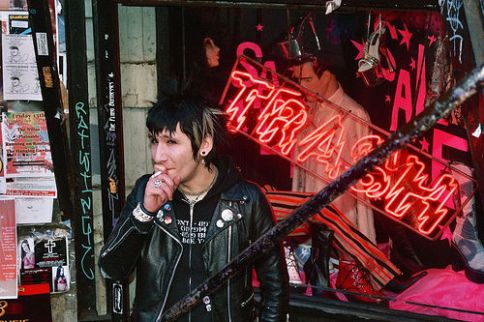



 Posted by lisacchamberlain
Posted by lisacchamberlain 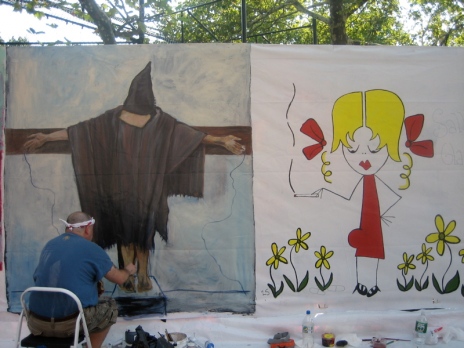


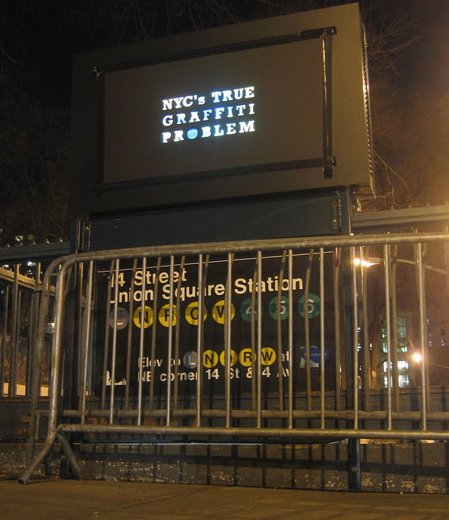
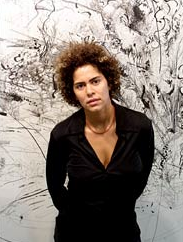
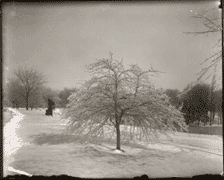
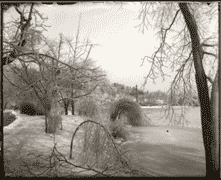
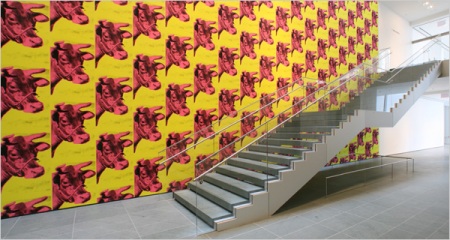
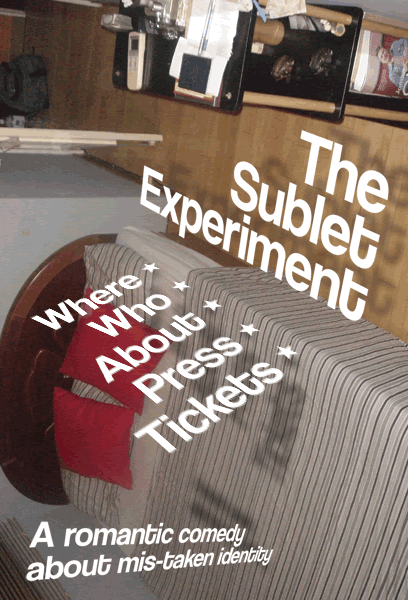


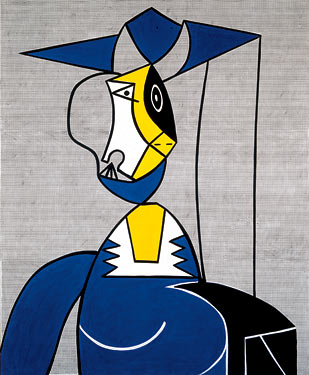

 This is just a jaw-dropper: For a sculpture class, two students at Pratt Institute planted suspcious packages in several subway stations and trains for a site-specific installation assignment. According to the
This is just a jaw-dropper: For a sculpture class, two students at Pratt Institute planted suspcious packages in several subway stations and trains for a site-specific installation assignment. According to the 







